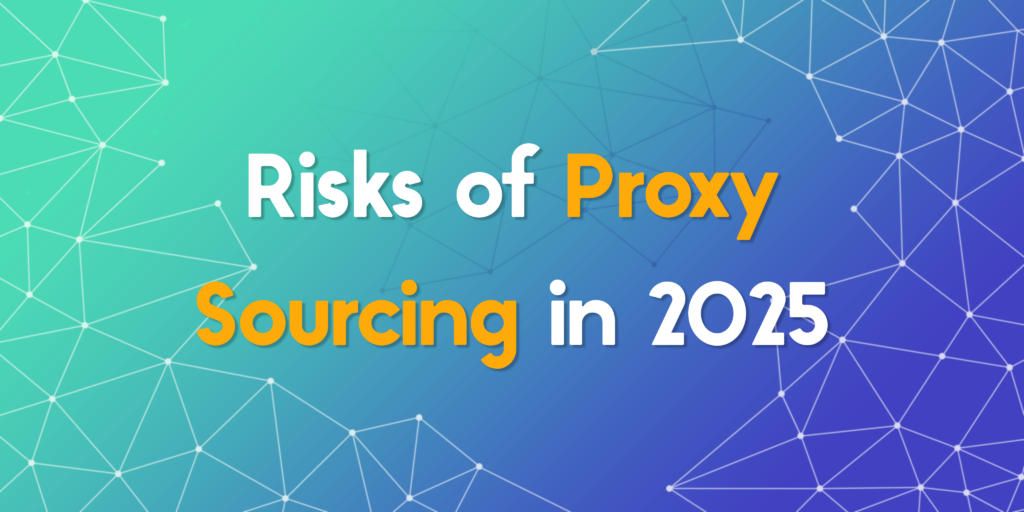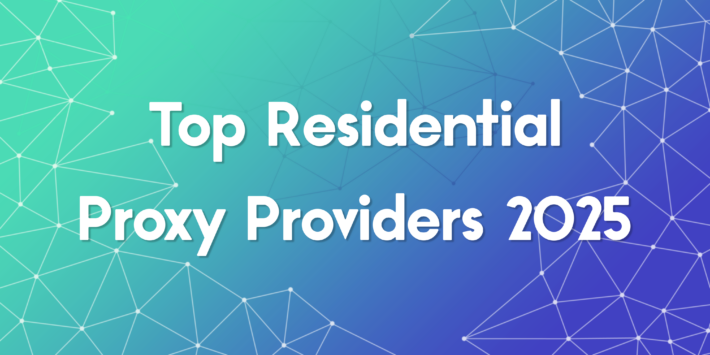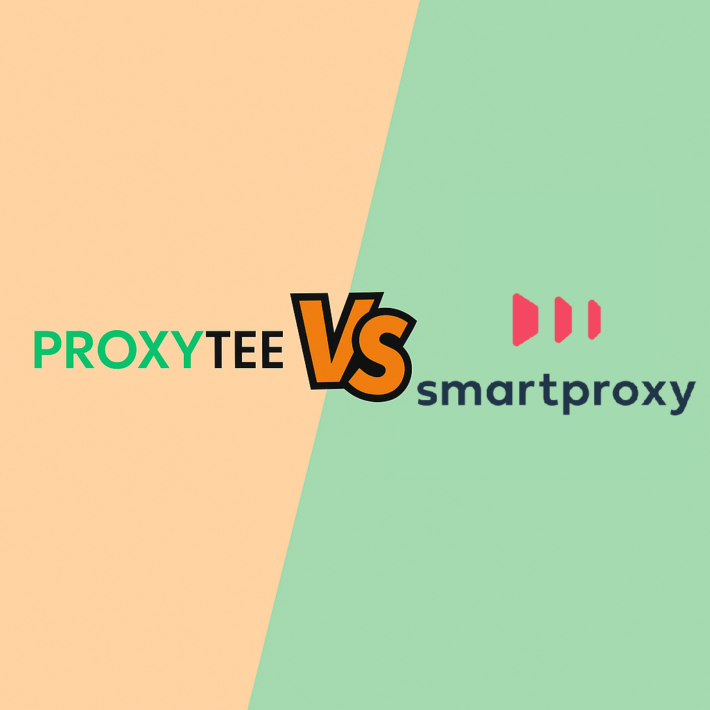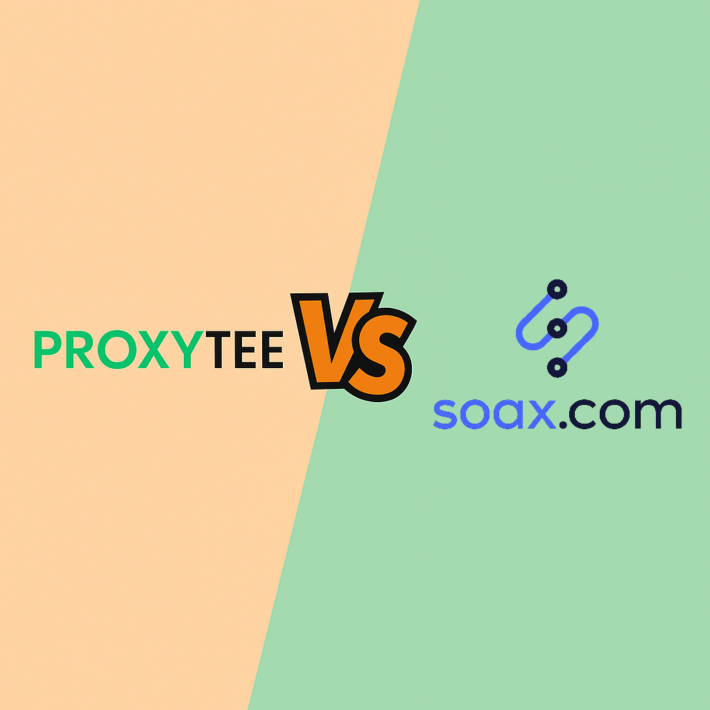Navigating the Risks of Proxy Sourcing in 2025

Risks of proxy sourcing are becoming more significant as the internet grows increasingly complex and regulations evolve. In 2025, both individuals and organizations rely on proxies for privacy, security, and access to geo-restricted content. However, not all proxies are equal. Choosing between ethical proxies and illegal proxies can carry substantial risks that go far beyond technical issues. This article explores the landscape of proxy sourcing in detail, guiding readers through the technical, legal, and operational considerations that make the difference between safe and risky use. Expect to learn about the types of proxies available, the potential pitfalls of poor sourcing decisions, and how to evaluate providers in a smart and informed way.
Understanding the landscape of proxy sourcing
To navigate the risks of proxy sourcing effectively, it is important to first understand the key types of proxies available. Ethical proxies are provided by companies that maintain compliance with privacy laws, obtain user consent, and offer transparent service agreements. Illegal proxies, on the other hand, are typically sourced from compromised devices or networks without permission, which introduces substantial risks for both the user and the data passing through these servers.
These risks are not always obvious. Even technically skilled users can fall into the trap of prioritizing price or speed over legitimacy. By knowing how different proxy categories operate, you can make better decisions that avoid legal issues and protect data integrity.
Key risks of proxy sourcing you should not ignore
The most immediate risks of proxy sourcing include exposure to cyber threats, loss of sensitive data, and legal consequences. Illegal proxies often lack encryption, which leaves transmitted data vulnerable to interception. Furthermore, some providers of illegal proxies may inject malicious code or monitor user activity for profit. Ethical proxies reduce these risks through clear service agreements, better network security, and reliable infrastructure.
Substantial risks also arise from relying on unknown or poorly documented proxy sources. For example, if your proxy provider cannot verify their IP sourcing methods, there is a possibility that those IPs originate from infected devices. This can not only harm your system but also lead to compliance violations in industries with strict data handling rules.
Evaluating ethical proxies versus illegal proxies

When comparing ethical proxies to illegal proxies, the differences are clear. Ethical proxies are sourced from consenting individuals or legitimate data centers, often with robust legal agreements in place. This ensures accountability and traceability. Illegal proxies, by contrast, might offer tempting prices and large IP pools, but they often have no verifiable sourcing process and expose users to unpredictable risks.
Evaluating providers means checking whether they can provide verifiable ownership of their IP addresses, an updated privacy policy, and technical features like encryption and IP rotation. Without these, the service could be operating in a legal gray zone that may put you at risk.
Substantial risks that impact performance and trust
Beyond legal concerns, the substantial risks of proxy sourcing also affect performance. An illegal proxy network might have thousands of users unknowingly sharing the same IPs, which increases the chances of those IPs being blacklisted by major services. Once blacklisted, your requests will face higher latency or outright denial, rendering the proxy nearly useless for critical operations.
Trust is another factor. Ethical proxies provide transparent uptime statistics, customer support, and clear refund policies. Illegal proxies rarely offer these, and when problems occur, there is often no reliable channel for resolution.
Practical steps to avoid the risks of proxy sourcing
Minimizing the risks of proxy sourcing requires a systematic approach:
- Research providers by looking for independent reviews and case studies.
- Verify that the proxy IPs are obtained through legal and ethical means.
- Ensure encryption is standard on all connections.
- Check whether the provider is compliant with GDPR or other relevant privacy laws.
- Test the proxy service in a controlled environment before integrating it into critical workflows.
These measures can significantly reduce the substantial risks that come with poorly sourced proxies and help ensure long-term reliability.
Comparing providers based on key criteria
When choosing between providers, consider these points of comparison:
- Browser support: Ethical proxies typically support a wide range of browsers, including Chrome, Firefox, and Edge. Illegal proxies may be limited or cause frequent connection drop
- Ecosystem: Providers with a strong ecosystem often offer APIs, dashboard tools, and integration guides. This is less common with illegal proxies.
- Language support: Global providers of ethical proxies offer multi-language documentation and customer service, improving accessibility.
- Setup complexity: Ethical proxies usually offer quick setup with clear guides. Illegal proxies often require workarounds that increase technical risk.
- Speed: Well-maintained ethical networks offer stable speeds and lower latency, while illegal proxies can be unpredictable and slow.
- Community: Established ethical providers have active communities and support forums where users share best practices and troubleshooting tips.
Building a safe long-term strategy for proxy use
In 2025, building a safe and reliable proxy strategy means going beyond short-term goals. Instead of chasing the cheapest or fastest option, focus on long-term trust, compliance, and performance. Ethical proxies may come at a higher cost, but they protect you from substantial risks that could lead to data breaches, reputational damage, or even legal disputes.
Adopting ethical proxies also positions you to adapt to future regulatory changes. As internet governance becomes more sophisticated, transparency in proxy sourcing will be a significant competitive advantage for businesses and a reassurance for individual users who value security and privacy.


